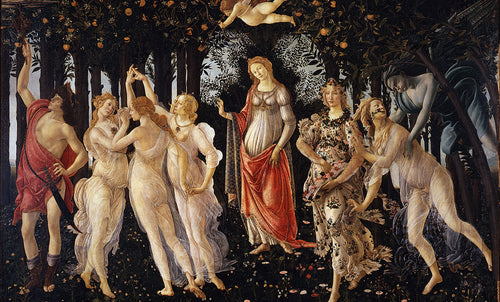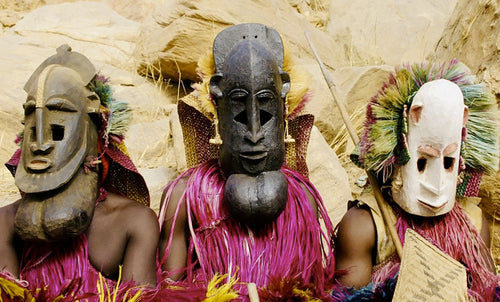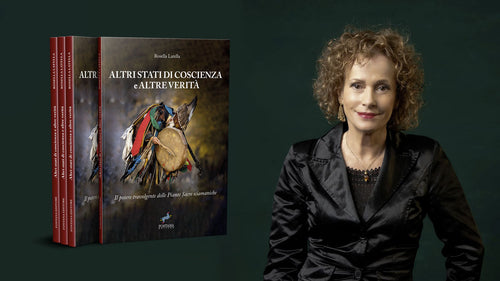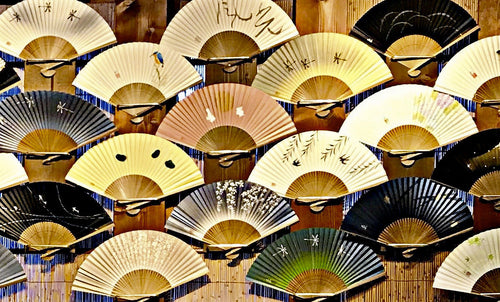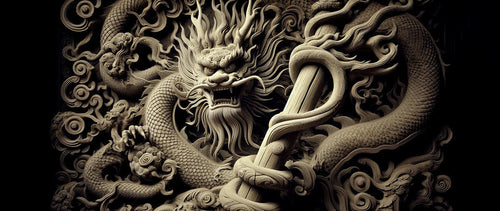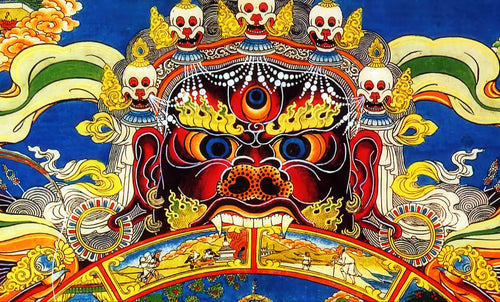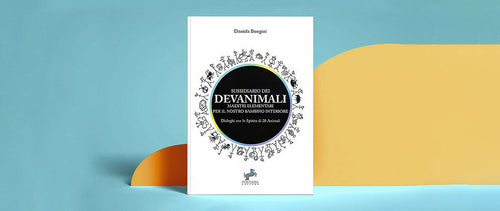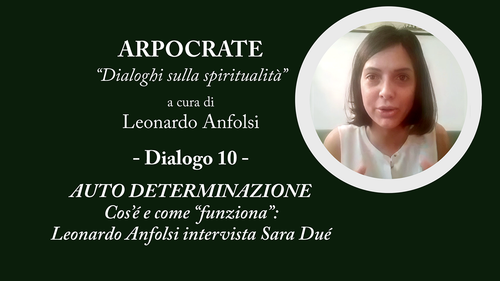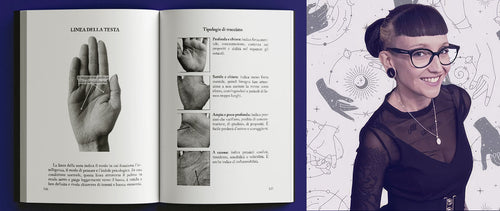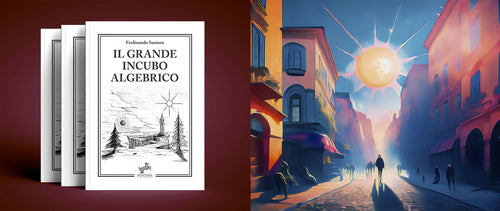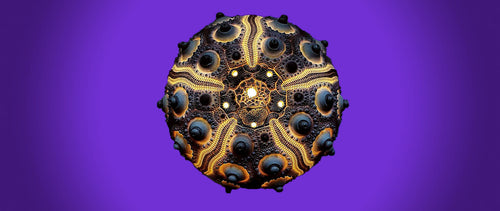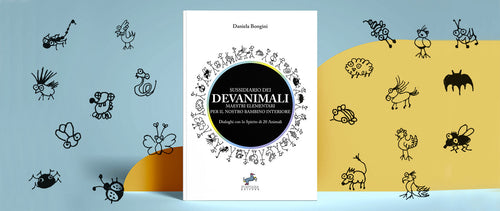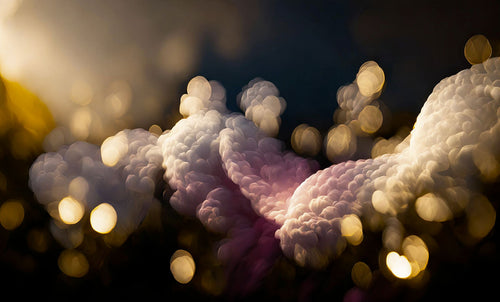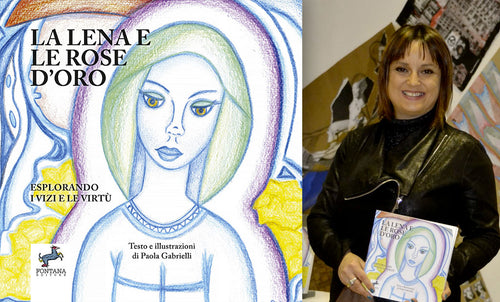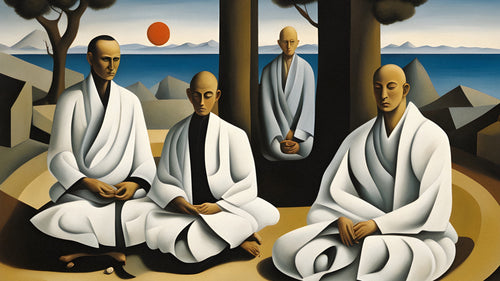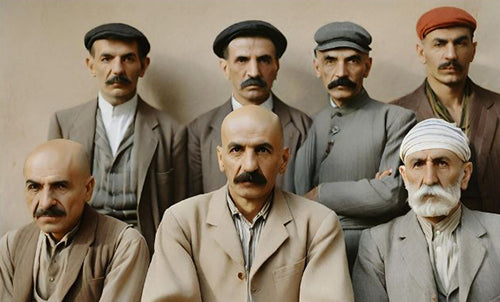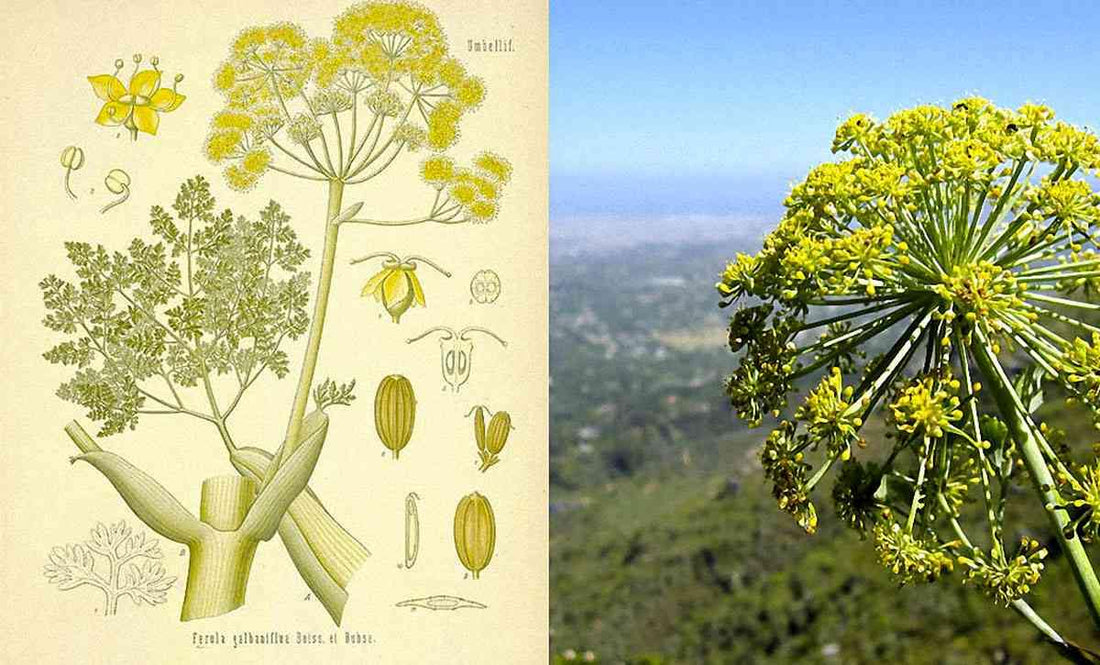
The wonderful essence of plants
Licia Rossi“Nature is the doctor, not you. You must take orders from her, not from you.”
Paracelsus
The Wonderful Essence of Plants. Origins and History
When we smell the scent of a flower, a leaf, the intriguing aroma of spices or the vibrant smell of the sun, acidulous and fresh when we peel an orange, an essential oil is released into the air. We can say that it is the soul essence of the plant that manifests itself through its perfumed expression, therefore it is its Sulfur (Sulfur). Essential oils are the most refined that can commonly be obtained from a plant and in them the personality is concentrated, which for the plant constitutes, strangely, the soul. Oils are very concentrated active ingredients and have a therapeutic action on the organism, but it is precisely the characteristic of being the heart, the olfactory vibration and the soul of the plant that makes essential oils powerful remedies for balancing emotional states and for supporting our spirit. Evidence of the use of essences extracted from aromatic plants dates back to 2000 BC and ancient men had already understood how to best use the power of the scent of plants. The Ancient Egyptians were the first to make daily use of essences in religious rites, for the preservation of mummies, for skin care, for body massage, to clean physical impurities and ward off diseases. The Ebers Papyrus - from 1550 BC - is the oldest document found in which therapeutic indications on the use of incense appear and more than 700 prescriptions based on natural substances with relative propitiatory formulas. Inside Tutankhamun's tomb, 50 alabaster amphorae were found, containing something like 350 liters of essential oils!

At the same time in ancient China the text “Pen T'Sao” describes the medicinal uses of over 300 plants. Chinese aromatherapists defined the extracts of aromatic plants as “the soul of plants” and therefore they too, as has been said, had identified the Sulfur principle. The noble class resumed massive use of essential oils during the T'ang dynasty, to perfume homes, clothes, temples, the paper on which they wrote and to compose medicines and cosmetics. The Greeks learned the art of perfumery from the Egyptians. They made extensive use of essences to perfume the body and clothes, to flavor and preserve foods, for the treatment of diseases and cosmetics. Some tablets with recipes for medicinal perfumes were found in the temple of Asclepius and Aphrodite. The Romans, influenced by Greek culture, were passionate consumers of perfumes and essences, both for therapeutic and cosmetic purposes.
India is still stuffed with Roman sesterces which are found wherever one digs, since in the Indian subcontinent the Romans bought first of all spices, then essential oils also in the form of incense and perfumes, and then silk.

In the 10th century AD, the Arab alchemist and physician Abd Allāh ibn Sīnā, known as Avicenna, was the first to describe in a handed down text the method of distillation and the relative obtaining of oil. The most precious oil extracted in this way was that of the rose. Rose water and oil were exported to Spain during the period of the Crusades and were widely distributed throughout Europe. Many oil extractions in Egypt are still done with sugar or cottonseed oil; in the latter case, the external scented and topical effect of the plant is added to that of heated cottonseed oil, which is a powerful hypnotic and calming/narcotic. In the Middle Ages, oriental perfumes became very fashionable, but essences of lavender, rosemary, sage and other aromatic plants began to be produced, which were then used mixed with other ingredients to prepare scented, if not magical and healing, potions.

The Dominican friars arrived in Florence at the beginning of the 13th century and built a monastery around the church of Santa Maria Novella. In this monastery they built a pharmacy and a vegetable garden, where they began to grow medicinal herbs to make balms, ointments and other herbal remedies for the convent's infirmary. When the Black Death arrived in Europe in the mid-14th century, wiping out seventy percent of Florence's population, the monks distilled rose water to use as an antiseptic to disinfect homes. Later in Florence, during the Renaissance, about seventy essences were extracted and used pure or combined with other ingredients by the alchemists of the time to cure the numerous epidemics that struck the population, of which the plague was only the most serious.

The vulture beak mask
The robe worn by doctors to protect themselves during the Black Death epidemics had the shape of a bird's beak mask where, inside the beak, was contained a mixture of balsamic herbs with, in addition, in the mouth area, a gauze soaked in vinegar and specific essential oils to resist the stench and contagion.
Among the herbs were rosemary, cloves, garlic, and juniper, which were useful in alleviating the stench of rotting flesh infected by the plague, and essential oils, also of cloves and juniper, combined with lavender, frankincense, and myrrh. Today, herbal and pharmacological researchers know that these essential oils, as well as the volatile oils of fresh garlic, have laboratory-proven antibacterial properties against a bacterium belonging to the same strain as the bacteria responsible for the plague, Yersinia enterocolitica .
In addition to this, the doctors, the surgeons and their assistants wore a wide-brimmed hat and large glasses with protective lenses; they had long gloves and high boots, both dark, a tunic always black that reached the feet and a wand vaguely resembling a caduceus to lift the sheets and clothes, as well as to push the plague-stricken to ask them to turn around or to check the progress of the putrefaction of the wounds.
As if the drama of these poor sick people were not enough, the sinister aspect of the whole scene was increased with this dress, probably to discourage any reaction of impotent rage towards the doctors. Let us consider that the doctors of the time could not easily cure the plague and that only great alchemists such as Borri, Fioravanti or Starkey managed to defeat it. Fatally, however, the latter was killed since he had already poisoned himself properly in the laboratory and that, despite every elixir or ens, he already had his immune capacity to the little light. Not differently Newton and, even more, Glauber, had ruined their health in laboratories without extractor hoods or, even, without even windows, carrying out distillations of saltpetre, fusions of mercury or detonations of metals without worrying in the least.
Today this medical costume is considered one of the most typical masks of the Venetian Carnival, and with the wand the fake Carnival doctors, over the centuries, have chased and threatened young ladies or played pranks on gentlemen.

Caterina de' Medici - A Teenage Florentine Queen in Paris
In 1533, the fourteen-year-old Catherine de' Medici, who had married the Duke of Orleans, the future king of France who was also fourteen, introduced the use of Italian perfumes to the French court, thanks to her trusted perfumer Renato Bianco and the friars of Santa Maria Novella. Thus, perfume emerged from the smoky mists of the Middle Ages where it had been forgotten after the glories of the Roman era, to become an indispensable element in the social coexistence of the wealthier classes, thanks to Catherine de' Medici.
The French nobility discovered and passionately loved perfumes, as well as parties, hunting and sniffing tobacco. But wearing perfume, in particular, facilitated personal relationships, refined approaches and increased the prestige of the wearer. In a Court where display, exteriority and pomp were indispensable elements to maintain one's rank and, on the other hand, the lack of hygiene, the odors coming from unwashed bodies and pestilential breaths that often inhibited attempts to climb the social ladder, perfume was the balm that opened the doors to success.
Catherine de' Medici came from a city, Florence, where perfumes were regularly worn by ladies, and by now almost all the convents in the major cities of Italy had at least one alchemist friar who dedicated himself to the processing of herbs and the extraction of their essences.

In the 18th century, the “art of perfumery” flourished and aromas became very fashionable in every court of the time and Paris eventually became the capital of this new interest in which even excellent alchemists such as Lefevre and Lemery participated.
But it was at the beginning of 1900 that the therapeutic virtues of essential oils were rediscovered, thanks to a French perfume chemist, Rene Maurice Gatefossè, who accidentally, during a fire in his laboratory, seriously burned his hand and, not having water available, immersed it in a container full of lavender essential oil, the hand healed quickly, without producing infections and without leaving scars. From that moment Gatefossè began to study the therapeutic effects of essences. He published several books and coined the term "Aromatherapy". Jean Valnet, a contemporary French doctor and chemist, intrigued by Gatefossè's research during his experience as a military doctor in World War II, applied the therapeutic principles of essential oils to treat the wounded and to disinfect field hospitals. Following this experience, he published several studies on the healing powers of plants and spread the therapeutic use of essential oils in the Western world. When antibiotics were discovered and with the advent of modern chemistry, which allowed the active ingredients to be synthesized in the laboratory, phytotherapy lost interest in pharmaceutical research. Nowadays, with the return of holistic medicine, herbal medicine is back in fashion and the pharmaceutical industry is redirecting research towards the therapeutic effects of plants. The studies published by Gatefossè, Valnet and other French scholars in 1900 are now recognized as valid by current biochemical and microbiological research, which confirms in laboratory experiments, the effectiveness and power of Essential Oils.
Now I want to answer some questions
What are essential oils from a chemical-biological point of view?
Essential oils are aromatic substances of volatile nature produced by plants in very small quantities and are very concentrated. They are collected in tiny droplets inside cavities called vacuoles, contained in each cell. Oils are generally in liquid and oily form that changes in density and color based on the species and part of the plant from which they are extracted. The molecules of EOs are very small in size, but with a very complex chemical composition in some respects similar to that of vegetable oils. Their lipidic aptitude and small size allow them to penetrate through the human cell membrane and be easily absorbed by the skin and mucosa.
Why do plants produce essential oils?
By answering this question we can understand the reason for the chemical complexity of essential oils and their therapeutic potential. Therefore:
- Plants mainly produce essential oils as a defense strategy against parasites, insects, mold, bacteria, etc. In the field of medical-scientific research, it has been demonstrated that the EO of Tee Tree oil has stronger antibacterial powers than synthetic antibiotics and that it does not develop resistance, which is why recently the most up-to-date pharmaceutical companies add it to their formulations to improve its effectiveness.
- As a defense against heat; plants that grow in hot climates exude essential oils to avoid burning when the sun is very strong. This is why plant species that live in hot climates are usually much richer in EOs than those that grow in colder climates.
- The essence can also serve the plant as an active part of healing when the stem is attacked and injured. There are scientific studies that demonstrate that the essential oil of frankincense has powerful anti-tumor properties, precisely because of its anti-inflammatory and regenerative capacity of tissues, both plant and animal.
- The aroma of the flowers is a valid aid for the reproduction of the plant, which by emitting perfume attracts pollinating insects. The EOs are very compatible with human hormones so much so that since ancient times to this day they are used to amplify attractiveness and sexual appeal.
- Another purpose of the production of EO for plant species, no less important, is to be found in communication since plants talk to each other through the emanation of scents in the surrounding environment. For this reason, if we learn to listen to them, the scents of plants communicate with our soul!

How are these precious substances obtained?
There are different ways to obtain EOs from aromatic plants, and this depends above all on the part of the plant from which they are extracted.
Steam distillation
This is the most used method; this process uses water vapor to remove aromatic molecules from their locations, the vacuoles. The plants are placed inside a still, in some cases inside a filter paper or in a special distiller, where water vapor is passed which also carries with it the micro-drops of EO, essential oil; the current passes through a rostrum equipped with an external cooling coil, the vapor, cooling, becomes water and settles in the container. Generally a separating funnel with a special tap is used, with which the water is passed first and then the oil, thus separating it from the water on which it floats. This process is very delicate, requires a lot of time and a copious amount of plant; on average, 1 mg of essential oil is extracted from 100 grams of plant material, but in some cases the resulting oil is much less. This is also the reason why oils – and perfumes – cost so much.
Cold pressure
It is the method used to extract the essential oils present in the peel and seeds. The peels are separated from the fruits, water is added and squeezed using a press. The water is separated from the oil using a centrifuge.
Enflorage
It is a long and expensive technique, used to extract perfumes from particularly delicate flowers such as jasmine, tuberose, etc. The petals are placed on cloths covered in fat; once upon a time, pork fat was used, now palm fat or other vegetable fats are used. They are left to rest in a cool, dark place until the petals change color and have completely released their aroma into the fat. They are replaced with other freshly picked petals until the fat is completely impregnated with perfume, becoming an aromatic mass called “poumade”. The essential oil is then extracted with alcohol and finally distilled to eliminate any trace of alcohol.
Extraction with alcohol
Essential oils can be obtained by alcoholic maceration, but it is really difficult to completely separate the oil from the alcohol, there is always a hint of alcohol in the essence. For example, John French recommended macerating jasmine flowers in a delicate white wine.
CO2 extraction
With this process the oils are extracted with carbon dioxide; it is a much faster method and a greater quantity of Essence is obtained with a smaller quantity of plant. However, this process is not accepted by all schools of aromatherapy nor by spagyrists.
Extraction with chemical solvents
The oil is extracted from the plant using chemical solvents. The most common solvent in industries is hexane. The use of such products for aromatherapy is strongly discouraged because they kill most of the properties of the plant and can even cause allergies and poisoning.
Aromatherapy and Alchemy

Paracelsus wanted to refute the Galenic idea of the four elements and therefore promulgated the word of the three principles Sulphur, Mercury and Salt.
In vegetal spagyria the element Sulfur is contained in essential oils. Sulfur corresponds to the Soul, whose principle it conveys in the plant, as consciousness. The soul can be considered inherent in the igneous/solar nature in every kingdom.
Essential oils are also called ethereal oils in alchemy and, as we have already said, they are generally defined with the term "oil", even if in reality they are not really oils, but resemble them by virtue of their physical behaviors similar to common vegetable fats such as olive oil, almond oil and all other pressed oils. Why essential? The origin of the term dates back to the Renaissance period and depends on the development of alchemical distillation techniques. Alchemists, since ancient times, had developed the concept that the four elements contained within themselves a fifth element, a "Quinta Essentia", a centrality relative to consciousness, thought, universal love/ether, or relative to the force that unites everything in One. Only this sense could explain the force that plants had in common in their essential oils, in their Sulfur, as well as explaining the various, individual propensities of each of them that was fully expressed, precisely, in its Sulfur, or in the essential oil. Distillation for alchemists is a process by which “the gross is purified from the subtle” and, more simply, the non-volatile substances are separated from the volatile ones. Alchemy often works by highlighting the quintessence of entities in the three kingdoms of mineral, vegetal and animal, thus making the corruptible incorruptible, or, extracting their essence.
In reality, Quintessence and essential oil are not the same thing at all, but we can say that they are related; intertwining metaphors and correspondences between plants and human beings, with Quintessence we have in a certain sense the pharmaceutical illumination of the plant, with essential oil we have its soul, that is, that attractive force that in the human world would recall spiritual research and that attention capable of evoking and cultivating its meaning.
A function of consciousness is cathartic, which leads to a profound transformation, like that of the phoenix rising from its own ashes. For this reason, essences, or the soul of plants, act on a psychic level on the human being; moreover, science also maintains that the sense of smell is linked to the limbic system, indicating that perfumes are therefore functionally connected to memories, emotions, intuitions, all experiences that are elaborated in the limbic system.
Therefore, the use of the Sulfur principle of the plant is particularly indicated for emotional therapy, for those people who have decompensated the emotional side, or who live slaves of old mental patterns and negative emotions, even if they come to create behavioral disorders such as hysteria, paranoia, depression, phobias, obsessions. Personally, I find it surprising how an essential oil can influence these states, sometimes just with a prolonged listening to the sense of smell.
So let's see how what is the soul, the conscience - for the plant that has no individuality - goes to correspond to the emotions in the human being, to what is fastest and most colorful in the memory of men, something that is in itself experience and narration, provided that said "humans" take care to link the emotions to their spiritual intuition and not just leave them at the mercy of frenzy, mere curiosity or in the search for a truly hopeless existential meaning: in how many today seek in "emotions" a kind of motivational/existential recharge ("wow!"), when in reality those who have a true spiritual intuition know that in every moment we live boundless emotions, provided we remain open to the Spirit. Then from these we can certainly turn towards sensory joys, without losing our way anymore.

Each plant, for example, of Lavender, although growing in its own peculiar way is identical to each of its “sisters”, therefore it is like all-the-other-Lavender-plants. But in its oil that frequency gushes that gives it a quality that makes it different from Yarrow or Mint.
The difference between a Peppermint Oil and a Lavender Oil is perceived by us even when we bring our nose close to our spagyric tincture and feel its scent vibrate, which, in the midst of the pure Salt and Mercury, increases and becomes even more vibrant and subtle. Then the freshness of the peppermint also becomes a physiological change in us, as well as emotional and psychological. A few drops have enormous power if we, in addition, participate in it with all of ourselves, something that a simple plant can do effortlessly, giving a scent/frequency that is already all of itself.






